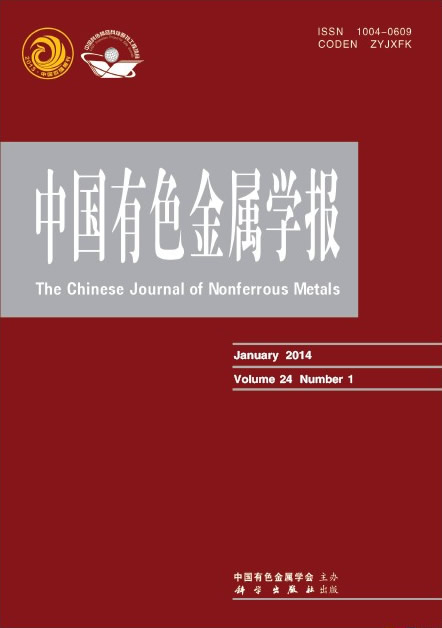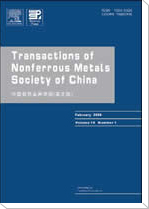(重庆大学 化学化工学院, 重庆 400044)
摘 要: 用线性电位扫描、 Tafel极化曲线、 恒流放电、 交流阻抗、 失重法等方法研究AZ31镁合金在MgSO4溶液中的电化学行为, 考察其作为电池负极材料的性能, 并研究十二烷基苯磺酸钠对AZ31镁合金的缓蚀性能。 结果表明: 负差效应的存在极大降低AZ31镁合金的电流效率; 未经放电时, 合金自放电电流密度小, 但放电后, 自放电增强, 存储能力降低。 十二烷基苯磺酸钠能对AZ31合金起到缓蚀作用, 提高放电电流效率, 但会使续放电时出现电位滞后的现象。
关键字: 镁电池; 负极材料; 负差效应; 缓蚀剂; 十二烷基苯磺酸钠
(College of Chemistry and Chemical Engineering, Chongqing University, Chongqing 400044, China)
Abstract: The electrochemical behavior of AZ31 magnesium alloy in MgSO4 solution was investigated by linear potential scan, Tafel polarization curve, constant-current discharge, electrochemical impedance spectroscopy and mass-loss measurements, in order to examine its performance as negative material of battery. The inhibiting ability of sodium dodecyl benzene sulfonate was also studied. The results indicate that the current efficiency of AZ31 alloy is low because of negative difference effect (NDE) and shelf-life decreases after discharge. Sodium dodecyl benzene sulfonate can inhibit the corrosion of alloy and increases the current efficiency of discharge, but it induces a potential lag at the beginning of sequel dischage.
Key words: magnesium battery; anodic material; negative difference effect; corrosion inhibitor; sodium dodecyl benzene sulfonate


